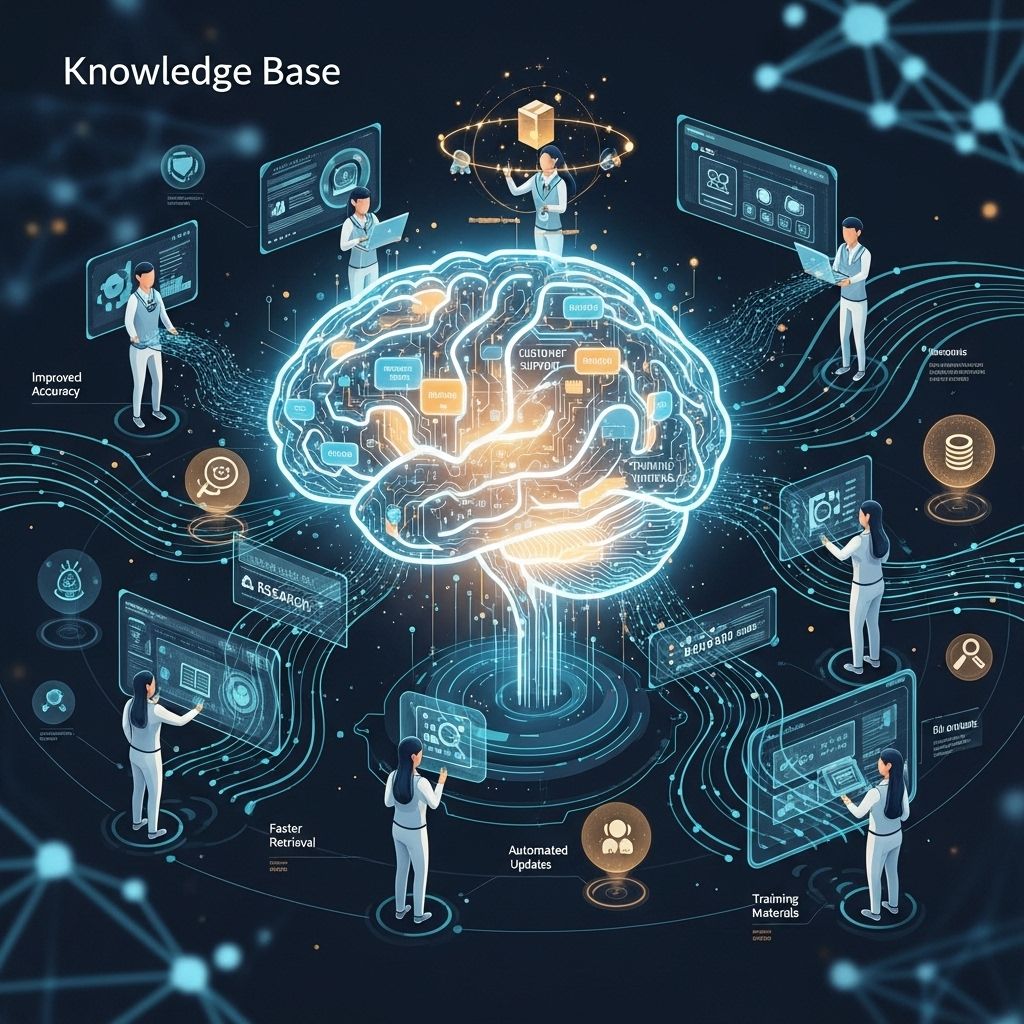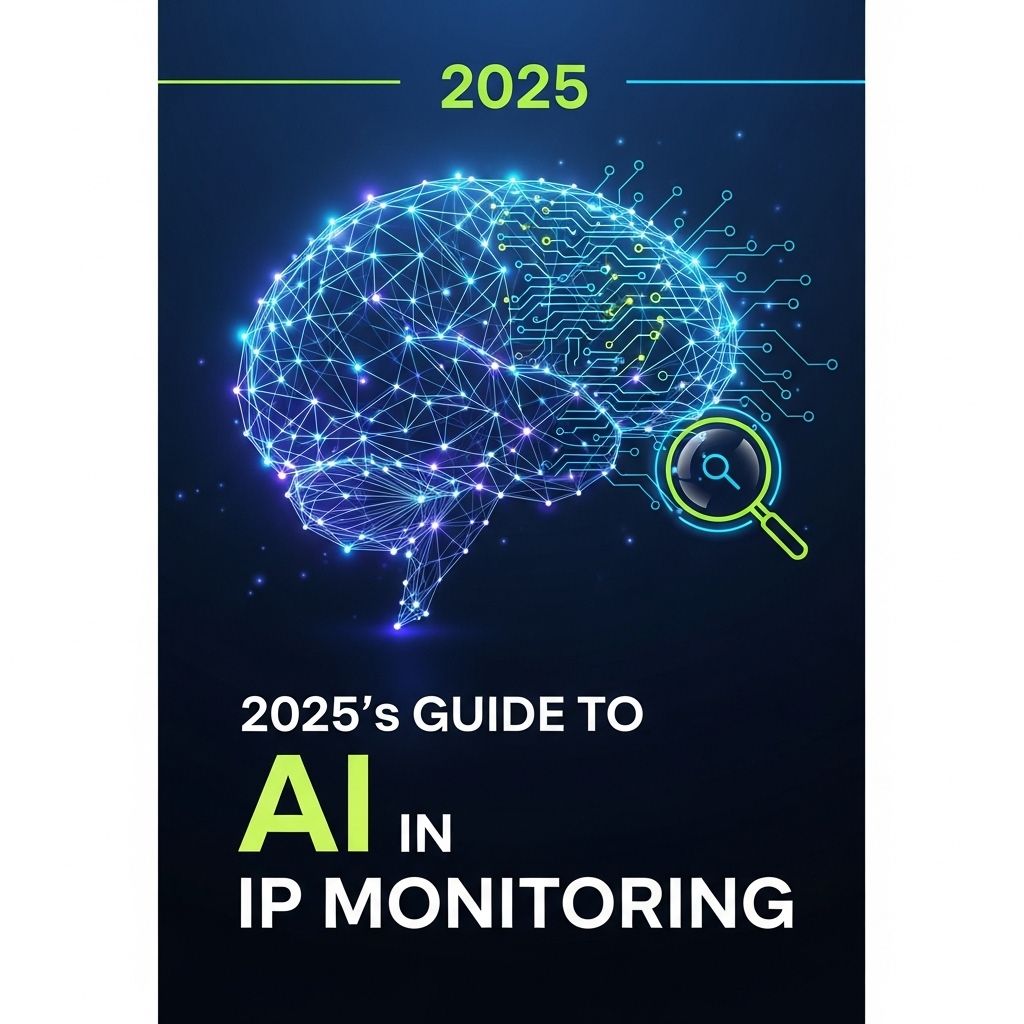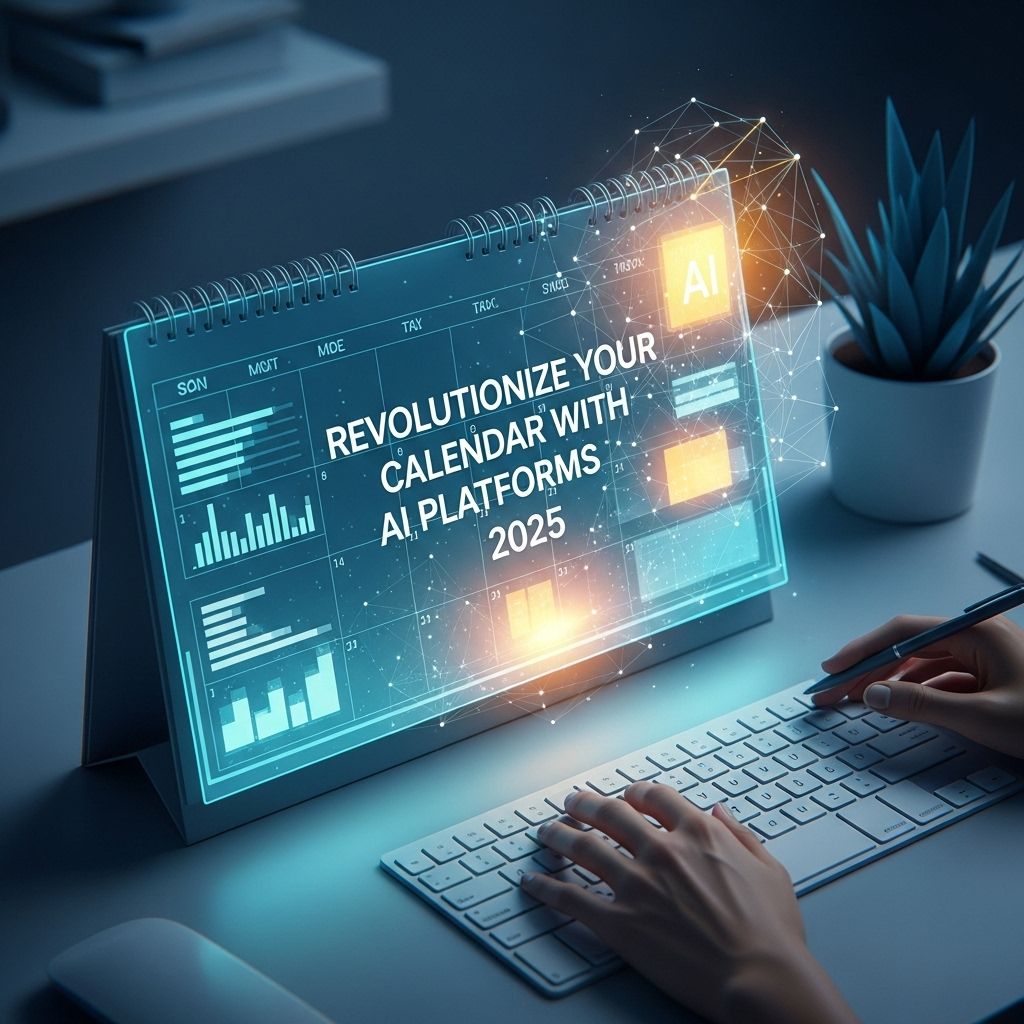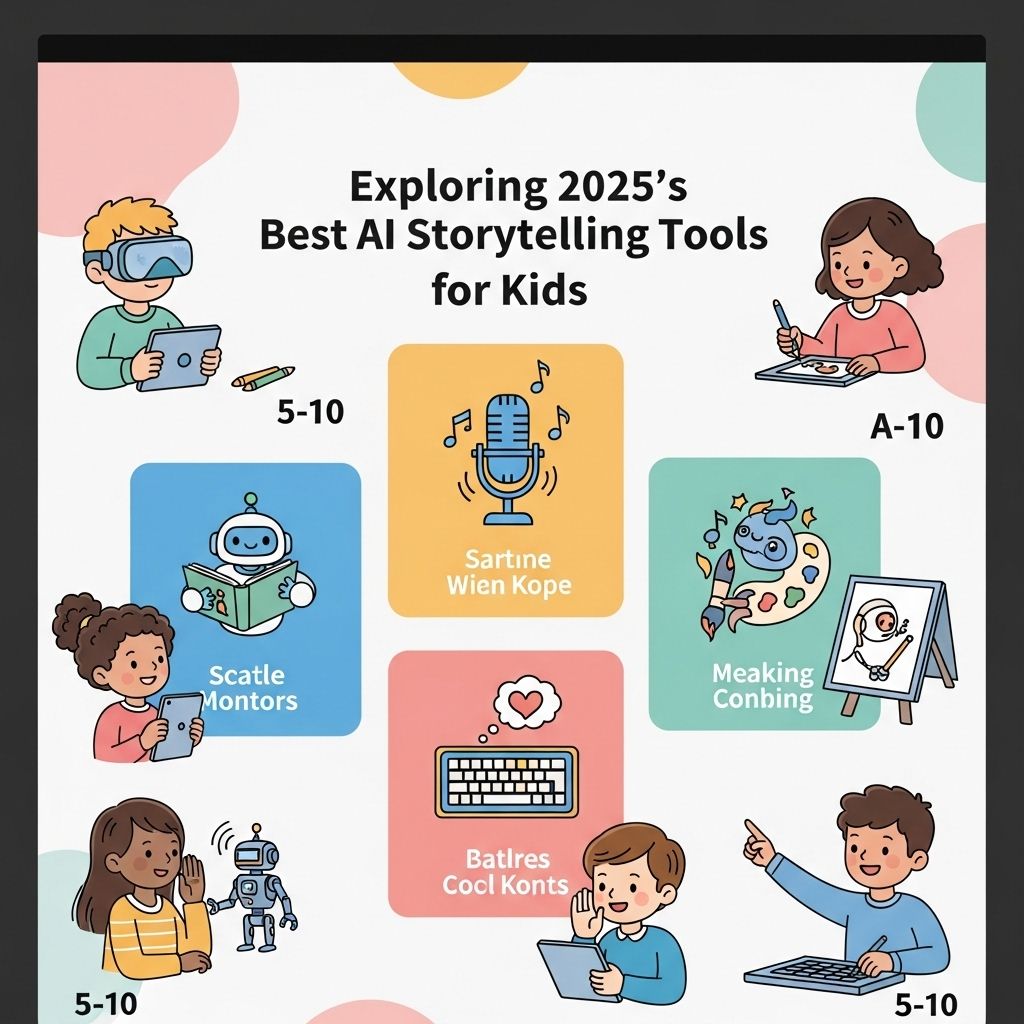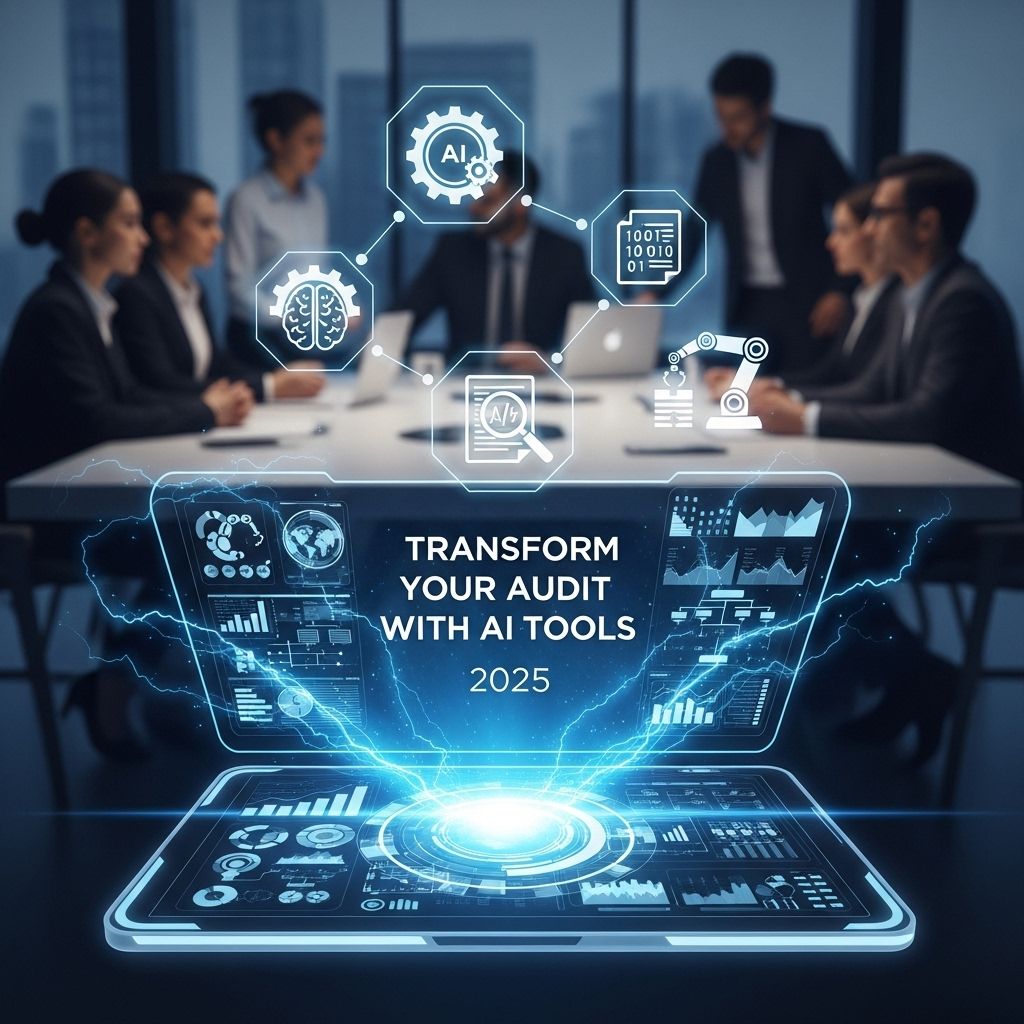Unlocking Serverless: A Guide for Developers in 2025
Explore the future of serverless technology and consulting strategies for developers in 2025. Unlock new opportunities and enhance your skills.

As more organizations pivot towards a cloud-first approach, the demand for serverless computing continues to grow. By 2025, serverless architecture is expected to be a standard in application development, prompting developers to seek expert guidance on best practices and migration strategies. This article delves into the intricacies of serverless technology, highlighting consulting opportunities that can enhance developer capabilities and streamline the transition to serverless systems.
Table of Contents
Understanding Serverless Architecture
Serverless computing allows developers to build and run applications without the complexity of managing servers. In this model, cloud providers handle server management, scaling, and maintenance, allowing developers to focus on writing code and delivering features. This section will explore the core components of serverless architecture.
Key Components of Serverless
- Function as a Service (FaaS): Functions are executed in response to events and automatically scale based on demand.
- Backend as a Service (BaaS): Third-party services that handle database management, authentication, and storage.
- Event-driven architecture: Serverless applications are typically event-driven, reacting to user actions or system events.
Benefits of Going Serverless
Transitioning to a serverless architecture comes with several advantages that can significantly impact development cycles and operational efficiency.
Cost Efficiency
Serverless platforms often operate on a pay-as-you-go model, which can lead to substantial savings. Here are some cost-related benefits:
- No need for upfront infrastructure investments.
- Only pay for the compute time consumed.
- Reduced operational costs due to less server management.
Enhanced Scalability
Serverless applications can scale automatically in response to traffic spikes, ensuring consistent performance without manual intervention.
Challenges of Serverless Architecture
Despite its many benefits, serverless computing is not without challenges. Developers must navigate several hurdles to successfully implement serverless solutions.
Vendor Lock-in
Choosing a serverless provider can lead to dependency on their tools and services, making it difficult to switch providers later. Organizations must evaluate:
- The flexibility of migration paths.
- The potential for interoperability between different services.
- The long-term costs associated with a single vendor.
Performance Monitoring
Monitoring serverless applications can be complex, as traditional monitoring tools may not be compatible. Implementing effective monitoring strategies is crucial for:
- Identifying performance bottlenecks.
- Ensuring reliability and uptime.
- Managing error tracking and debugging.
Consulting Opportunities for Developers
As organizations explore serverless solutions, there is a growing need for consultants who can guide them through the transition. Here are several consulting areas where developers can offer their expertise:
Architecture Design
Consulting on the design of serverless architectures involves:
- Assessing client needs and requirements.
- Choosing the right cloud provider and tools.
- Designing scalable, reliable serverless applications.
Implementation Strategies
Helping clients implement serverless solutions includes:
- Developing migration plans for existing applications.
- Creating new serverless-based applications from scratch.
- Training internal teams on serverless best practices.
Cost Management
Consultants can provide valuable insights into:
- Estimating costs associated with serverless deployment.
- Optimizing function performance to reduce costs.
- Advising on budget management in a serverless environment.
Tools and Technologies in the Serverless Ecosystem
Understanding the tools available in the serverless ecosystem is crucial for effective development and consulting. Here are some essential tools:
| Tool | Functionality | Provider |
|---|---|---|
| AWS Lambda | Run code in response to events without provisioning servers. | Amazon Web Services |
| Azure Functions | Serverless compute service that lets you run event-triggered code. | Microsoft Azure |
| Google Cloud Functions | Execute your code in response to HTTP requests and cloud events. | Google Cloud Platform |
Best Practices for Serverless Development
To maximize the benefits of serverless architecture, developers should adhere to best practices, including:
- Keep functions small and focused on a single task.
- Utilize event-driven architecture to improve responsiveness.
- Implement robust monitoring and logging solutions.
- Regularly review and optimize performance and costs.
The Future of Serverless Computing
As we approach 2025, the future of serverless computing looks promising. Organizations are increasingly recognizing the potential of serverless to accelerate development cycles and reduce operational burdens. Here are some trends to watch:
Integration with AI and Machine Learning
Serverless architectures will increasingly support AI and machine learning workloads, allowing developers to leverage these technologies without worrying about underlying infrastructure.
Multi-cloud Strategies
Organizations will adopt multi-cloud strategies to avoid vendor lock-in and enhance redundancy and reliability across different cloud providers.
Conclusion
The rise of serverless architecture presents exciting opportunities for developers and consultants alike. By understanding the intricacies of serverless technology and offering tailored consulting services, developers can play a pivotal role in their organizations’ journey towards a cloud-native future. As the landscape evolves, staying informed and adaptable will be key for success in this dynamic environment.
FAQ
What is serverless computing and how does it benefit developers?
Serverless computing allows developers to build and run applications without managing servers, enabling faster deployment, automatic scaling, and reduced operational costs.
How can consulting help developers transition to serverless architecture?
Consulting can provide expert guidance on best practices, architecture design, and migration strategies, ensuring a smooth transition to serverless solutions.
What are the key challenges developers face when adopting serverless technology?
Common challenges include managing vendor lock-in, understanding pricing models, and addressing security concerns within serverless environments.
Which programming languages are best suited for serverless development?
Popular programming languages for serverless development include JavaScript, Python, Go, and Java, as they are widely supported by major cloud providers.
What are some popular serverless platforms available in 2025?
Leading serverless platforms include AWS Lambda, Google Cloud Functions, Microsoft Azure Functions, and IBM Cloud Functions, each offering unique features and integrations.
How can developers measure the success of their serverless applications?
Success can be measured through metrics such as performance, scalability, cost efficiency, and user engagement, alongside monitoring tools provided by cloud platforms.

